Know the Story Behind Tata Sumo’s Name? 8 Fascinating Facts About Indian Cars!
The Tata Sumo was a hugely-successful MPV, and it has an interesting story behind its name!
Today, in any Indian city or town, step out, and you will see an abundance of automobiles—cars, trucks, buses, and other vehicles of various sizes.
However, dial back the clock several years, and you might recall that cars were at one time, a luxury. Only the rich ‘sahibs’ could buy and maintain them. The earliest automobiles weren’t cost effective like the little hatchbacks we have today. They were huge, gas-guzzling behemoths, that turned heads wherever they went.
However, India has had a long love affair with cars, and these eight unique facts prove it.
1. The first car to be manufactured in India
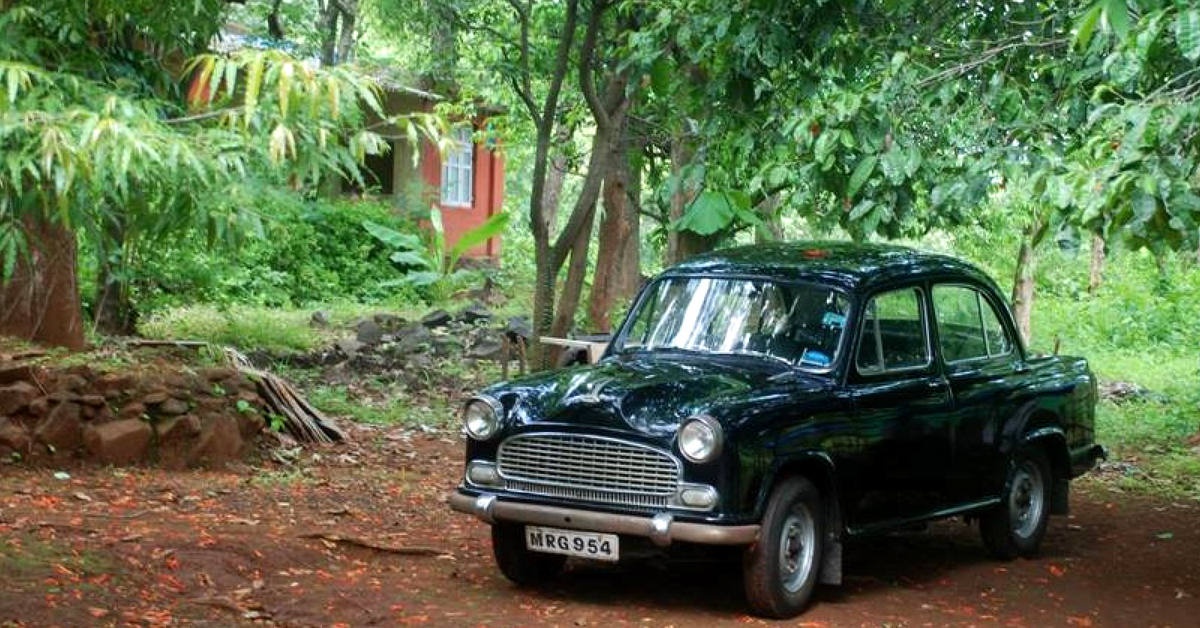
Remember the clunky Ambassador? Hindustan Motors based it on the UK’s Morris Oxford and decided to build it in Kolkata, through a technical collaboration with Morris Motors. It was mid-1957, more than 70 years ago, when the first Amby, as it was fondly called, rolled off the assembly lines. The car became an integral part of our culture and was the favoured mode of transport for our politicians and civil servants back in the day.
2. The Tata Sumo’s unique name:-
The car got its unique name, on account of being named after the former MD of Tata Motors, Sumant Moolgaokar. The name Sumo is the result of joining the first syllables of his first and last name. The iconic MPV became one of the best-known vehicles around during its era.
3. India’s first indigenous car
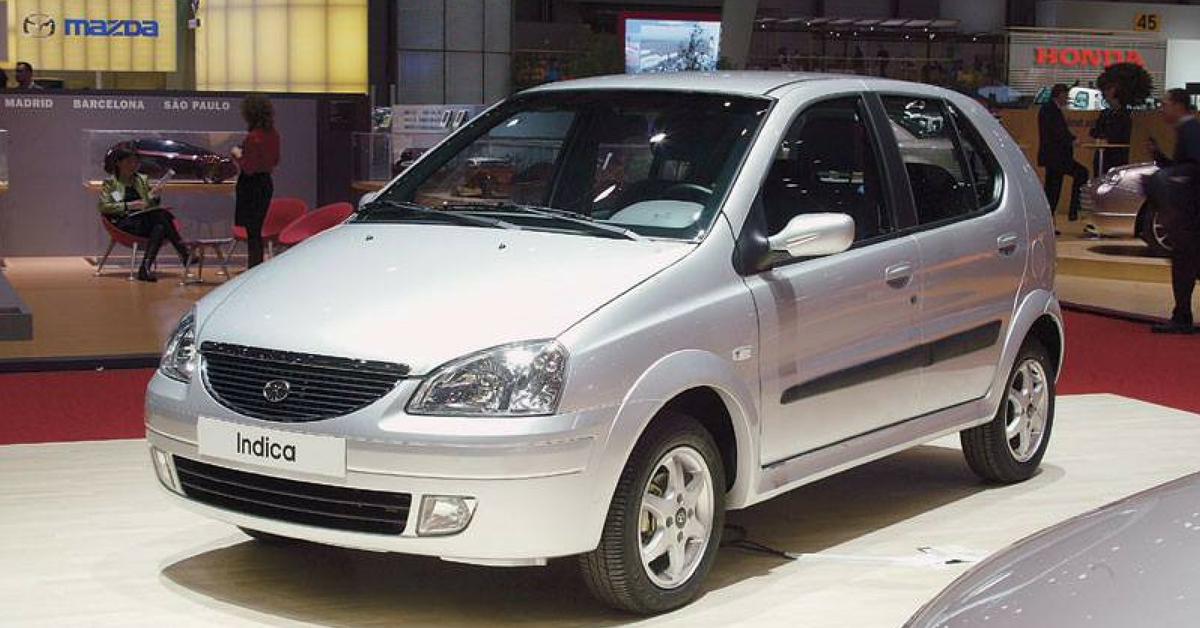
This distinction goes to the ubiquitous Tata Indica, built from scratch in India. Launched with a lot of pomp during the 1998 Geneva Motor Show, the car debuted at the Indian Auto Expo, the same year. Hitting the market in 1999, the car was a huge hit. Today, the Indica has gone into the shadows, but many will recall the pride which filled us when we laid eyes upon our first “Made in India” car.
4. First Indian electric car
With the eco-friendly revolution spreading far and wide, electric vehicles have become very popular. The first Indian electric vehicle was launched in 2004. The Maini Reva may not have done as well as the subsequent electric cars in the market, but it was a baby step towards being environmentally responsible.
5. India’s first convertible
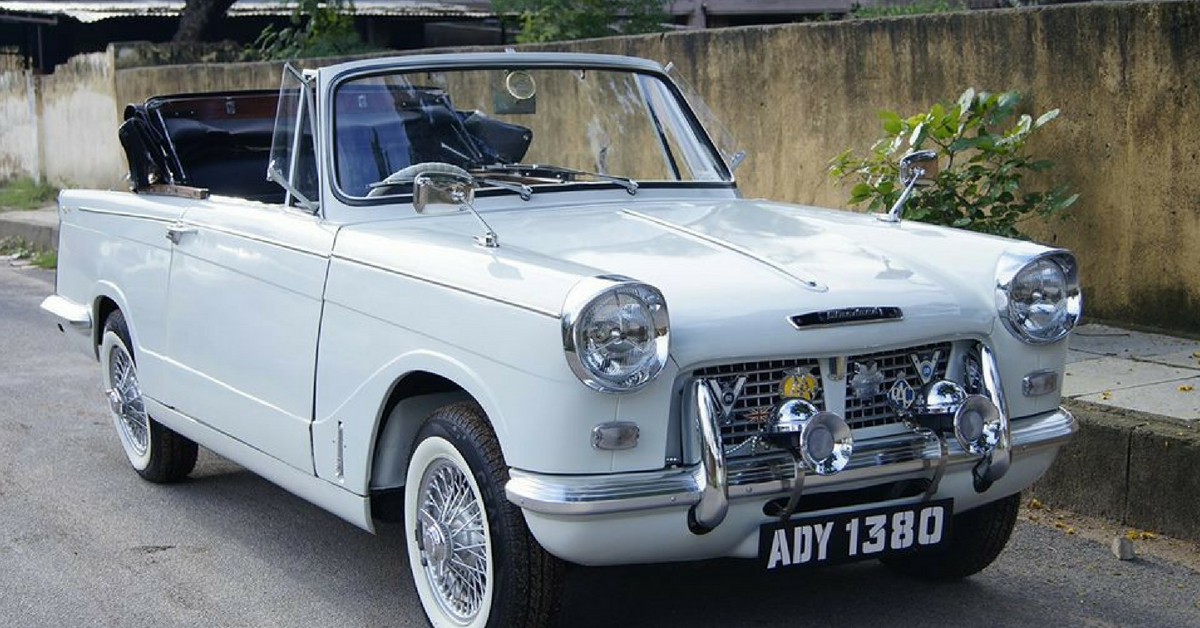
The romantic appeal of the convertible has not been lost on us, despite the country’s weather being totally unfit for open-top driving. Well, Standard created a convertible in 1965, and over the next few years, the Standard Herald hardtop convertible could be seen on Indian roads.
6. First Indian car-owner
Some kings purchased automobiles in ancient times, but the first regular Indian citizen to own a car was Jamshetji Tata. Tata, who later became famous as an industrialist, the first businessman in a family of priests. It is interesting to note how the first Indian to own a car, spawned a line of descendants who started an automotive division in the nation.
7. First hugely-popular and mass-produced vehicle
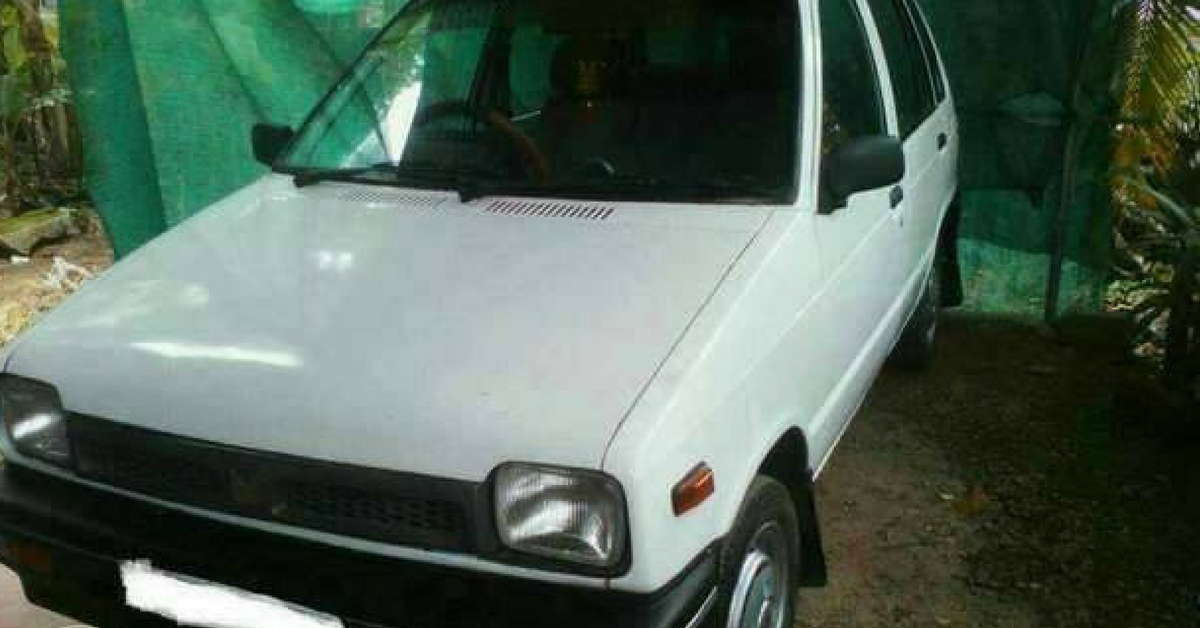
The Maruti 800 needs no introduction. Launched in 1983, it was the car that changed the face and direction of the Indian automotive industry. Mr Harpal Singh won the ownership rights to the first car that rolled off the assembly line, and Prime Minister Indira Gandhi was the one to hand him the keys!
8. First competitive motorsport event
Competitive racing has always had special thrills. Indians discovered the joys of throwing a car around curves early on, with the first recorded motorsport event taking place in Kolkata on 28th August 1904. The endurance rally was held between Kolkata and Barrackpore, and involved 11 cars!
9. First Indian to race competitively in Formula 1
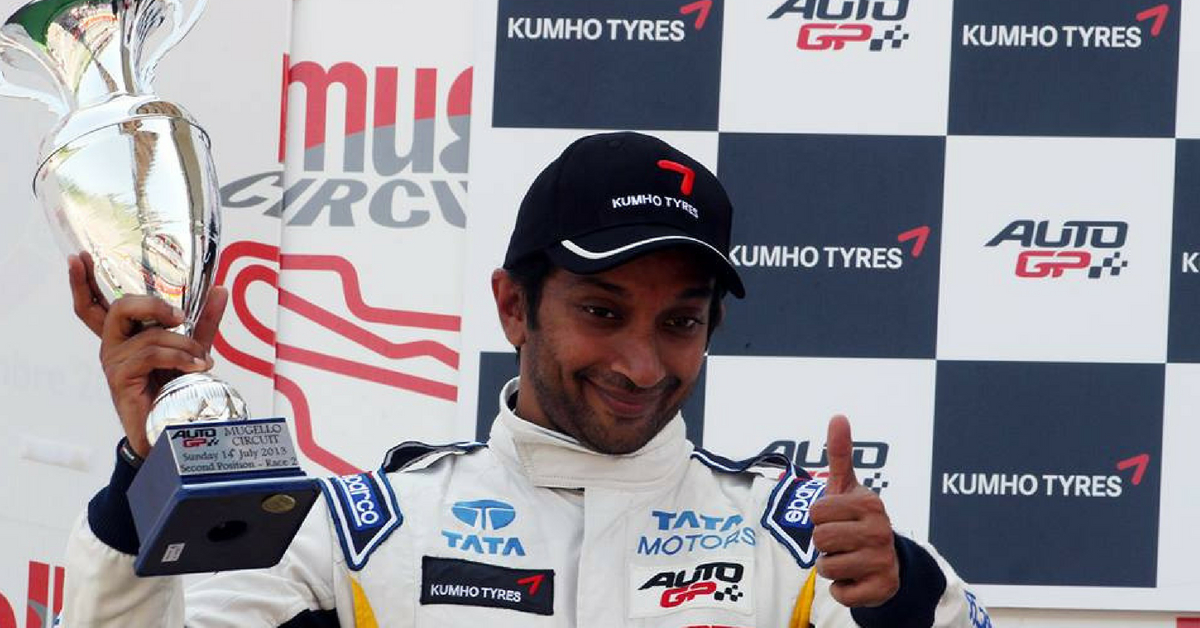
Considered to be the zenith of 4-wheeled motorsports, Formula 1 is notoriously difficult to get into. There isn’t much infrastructure, or any feeder series happening in India. Yet, Narain Karthikeyan was the first Indian to make his F1 debut in 2006.
You may also like:- IN Pics: 6 Iconic Indian Automobiles That Will Take You down the Memory Lane!
As a country, we have surely come a long way when it comes to cars, and from the era of the Ambassador and the Hindustan Contessa, today we have Lamborghinis and Ferraris gracing our potholed roads.
(Edited by Gayatri Mishra)
Like this story? Or have something to share? Write to us: [email protected], or connect with us on Facebook and Twitter.
NEW: Click here to get positive news on WhatsApp!
If you found our stories insightful, informative, or even just enjoyable, we invite you to consider making a voluntary payment to support the work we do at The Better India. Your contribution helps us continue producing quality content that educates, inspires, and drives positive change.
Choose one of the payment options below for your contribution-
By paying for the stories you value, you directly contribute to sustaining our efforts focused on making a difference in the world. Together, let’s ensure that impactful stories continue to be told and shared, enriching lives and communities alike.
Thank you for your support. Here are some frequently asked questions you might find helpful to know why you are contributing?


This story made me
-
97
-
121
-
89
-
167











